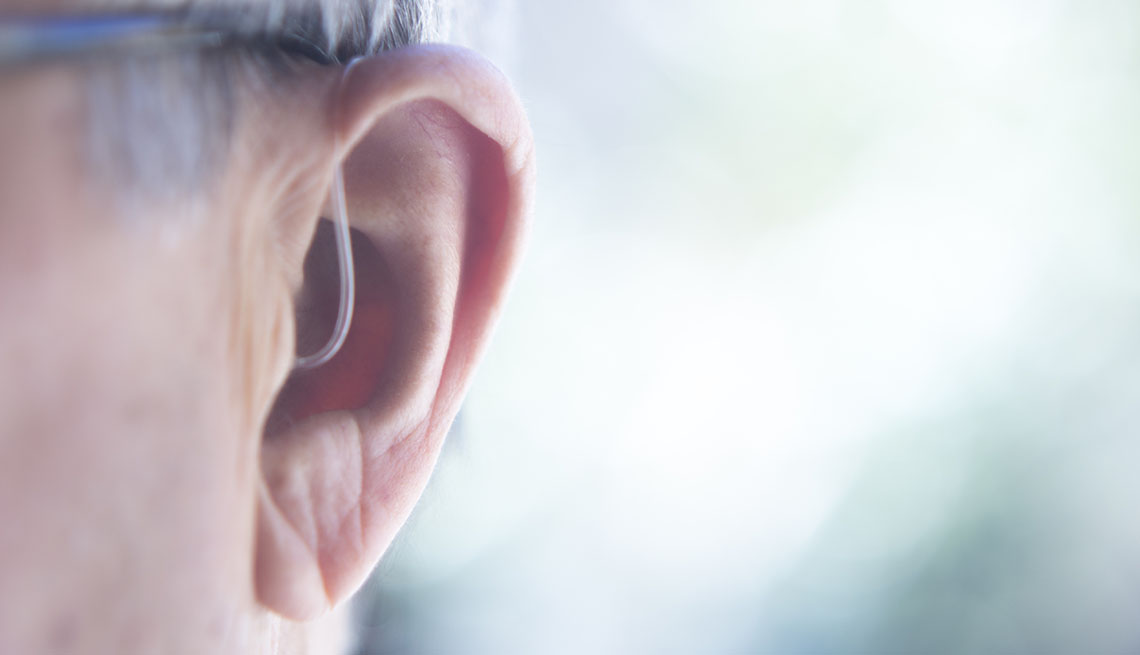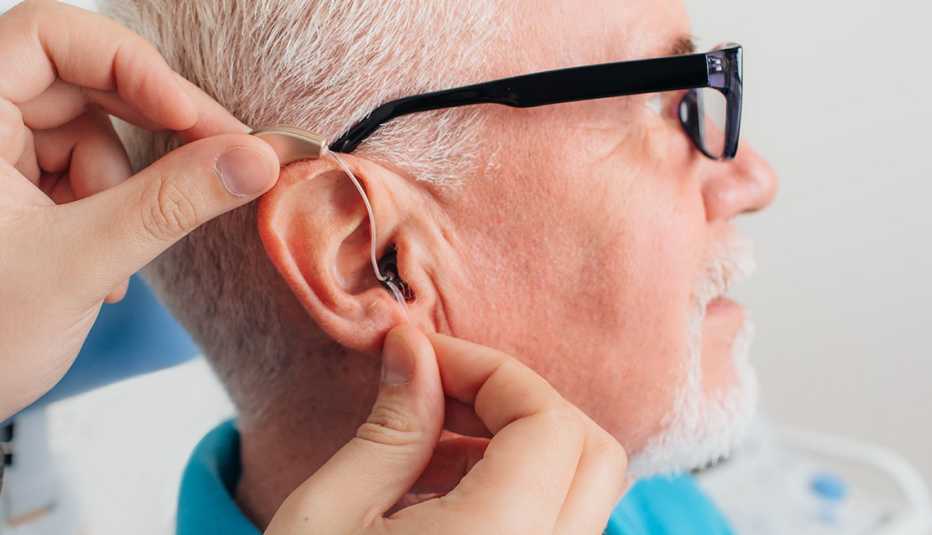AARP Hearing Center
Getting used to wearing hearing aids isn't always easy. Challenges can occur after you take them home or dissuade you from getting them in the first place. Here are patients’ most vexing problems with the devices and ways to address them.
1. "I'm afraid they make me look old."
Many people worry that their hearing aids will be stigmatizing, especially those who remember them as large and cumbersome-looking. But new models are small and sleek; some are so tiny, you can hardly see them. You may quickly feel better about wearing hearing aids after seeing how unremarkable-looking they are in an era when everyone seems to be walking around with Bluetooth devices in their ears. “Frankly, having to constantly say ‘Huh?’ and ‘What did you say?’ is a lot more noticeable than wearing one of these,” says Melissa Karp, an audiologist at Audiology & Hearing Services of Charlotte, in North Carolina.
2. "I can't get used to the sounds.”
If you’re new to hearing aids and haven’t heard well for a long time, the sudden amplification of background sounds may be distracting, particularly in the higher frequencies. The longer you’ve waited between losing hearing and getting the devices, says Deborah Berndtson, a Maryland audiologist certified by the American Speech-Language-Hearing Association (ASHA), “the more difficult it is to adjust to the amplification, because you’re used to living in a quieter world.”
You can get help adapting through aural rehabilitation — training your brain to hear a range of sounds again — either in one-on-one sessions or by using computer-based programs at home.




































































